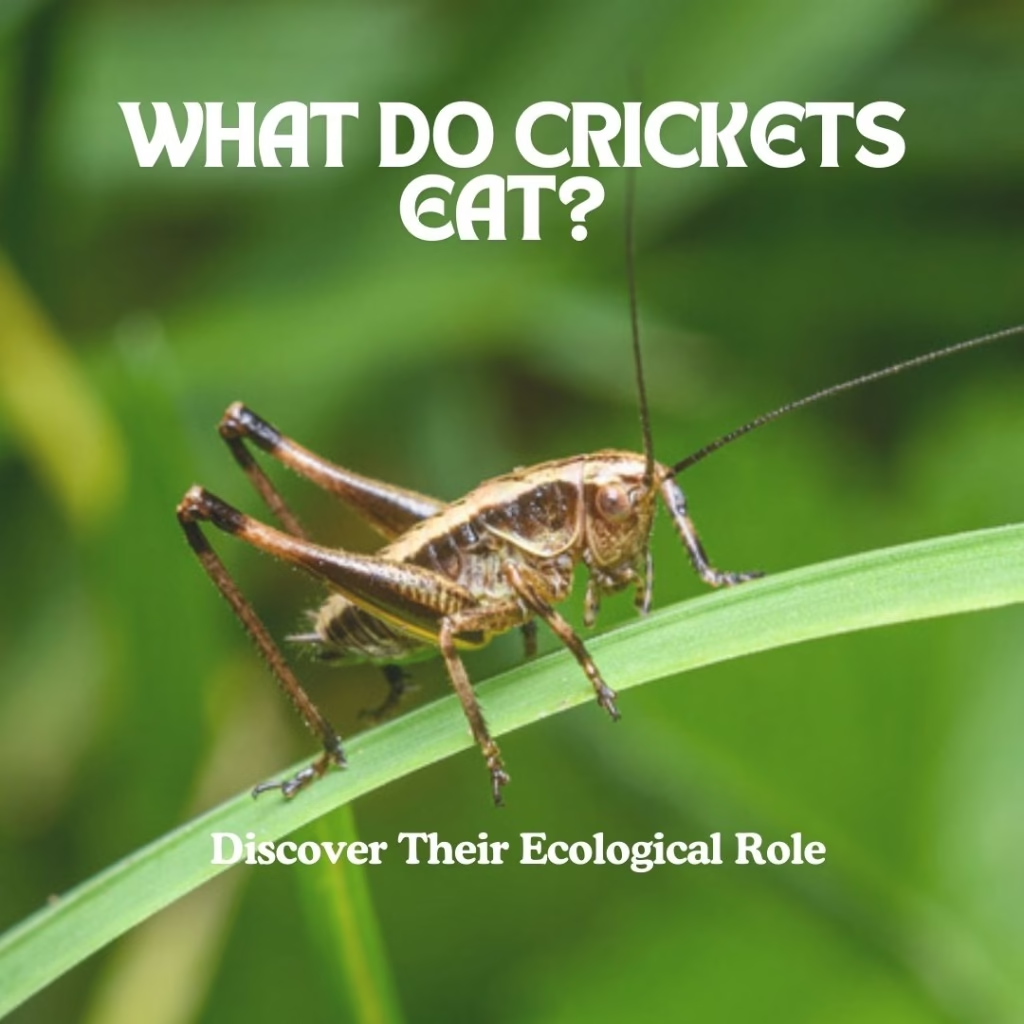People often wonder, “What do crickets eat?” Crickets are fascinating insects that play a vital role in ecosystems worldwide. They contribute to soil health, serve as a food source for various predators, and assist in pest control. Understanding their diet is crucial for ecological studies, farming practices, and for pet owners who keep crickets as feed for reptiles and birds.
Primarily herbivorous, crickets consume leaves, fruits, seeds, and decaying organic matter, enriching the soil and promoting plant growth. By recognizing their dietary habits, we can better appreciate their ecological significance and manage their populations effectively in agriculture and pet care settings.
Overview of Crickets
Crickets are small, chirping insects that belong to the Gryllidae family. They inhabit a variety of environments, including grasslands, forests, and even human dwellings. As nocturnal creatures, crickets are most active at night and are well-known for their distinctive sounds, produced by rubbing their wings together in a behavior called stridulation. This characteristic chirping serves various purposes, including attracting mates and establishing territory.
In addition to their unique sounds, crickets contribute to soil health and serve as a food source for many predators, highlighting their important role in the ecosystem. Their diverse habitats and behaviors make them a fascinating subject of study in the field of entomology.
Types of Crickets And Their Diets
House Cricket (Acheta domestica)
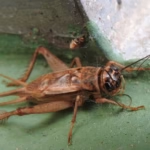
House crickets are attracted to warmth and readily available food sources, and they are commonly found in indoor environments. They primarily feed on grains, fruits, and vegetables, making them a common pest in kitchens and pantries. Their resilience and adaptability allow them to thrive in human habitats, where they can often be heard chirping at night.
Tree Cricket (Oecanthus spp.)
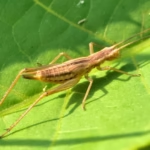
These crickets are primarily found in trees and shrubs, where they blend seamlessly into their surroundings due to their green coloration. Tree crickets primarily consume sap from plants, along with small insects, making them both herbivorous and opportunistic feeders. Their melodious chirping can often be heard during warm summer nights.
Mole Cricket (Gryllotalpa spp.)
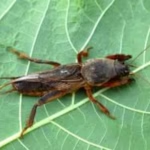
Mole crickets are typically found underground, where they dig extensive burrows, adapted to a subterranean lifestyle. Their diet consists mainly of plant roots and decaying organic matter, which they consume while tunneling through the soil. This behavior aids in aerating the ground and promoting healthy plant growth.
Camel Cricket (Ceuthophilus spp.)
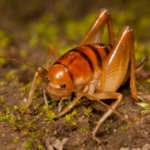
These crickets prefer dark, damp environments such as basements, caves, and underbrush. Camel crickets are unique in their diet, primarily feeding on fungi and decomposing organic material. Their elongated bodies and long legs help them navigate the shadows, where they remain hidden from predators.
Snowy Tree Cricket (Oecanthus fultoni)
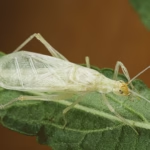
Renowned for their sweet, melodic chirps, snowy tree crickets are commonly found in trees and shrubs. They feed on plant sap and foliage, which provides the necessary nutrients for their growth. Their presence is often associated with warm weather, and their songs are a hallmark of summer evenings.
Importance of Crickets in the Ecosystem
Crickets play essential roles in ecosystems, contributing significantly to both food webs and soil health.
Food Source
Crickets serve as an important food source for a variety of animals, including birds, reptiles, and small mammals. Their abundance and availability make them a staple in the diets of many predators. As crickets provide essential nutrients to these animals, this relationship is crucial for maintaining the balance of ecosystems and supporting their growth and reproduction. In turn, the presence of crickets can indicate a healthy ecosystem, as they thrive in environments with diverse plant life.
Soil Health
In addition to being a vital food source, crickets contribute to soil health by consuming decaying plant material. As they feed on organic debris, they help break it down, facilitating nutrient cycling within the ecosystem. Improving its fertility and supporting plant growth, this process enriches the soil with essential nutrients. By aerating the soil through their burrowing activities, crickets also enhance their structure, allowing for better water infiltration and root development. Overall, their role in soil health is critical for sustaining a diverse range of plant species and, by extension, the animals that depend on those plants for food and habitat.
Natural Diet of Crickets
Herbivorous Diet
Crickets are primarily herbivorous, meaning that their diet consists mainly of plant materials. They feed on a variety of sources, which include:
-
Leaves: Soft, tender leaves form a significant portion of their diet. Crickets tend to prefer young, green leaves, which are rich in moisture and nutrients. Their feeding helps to manage plant growth and can stimulate new leaf production.
-
Fruits and Seeds: Taking advantage of these readily available food sources, crickets often nibble on fallen fruits and seeds. This foraging behavior not only provides them with essential nutrients but also aids in seed dispersal, contributing to plant reproduction.
-
Grass and Weeds: In their natural habitats, crickets commonly consume grasses and various types of weeds. These plants are abundant and provide a steady food supply, allowing crickets to thrive in diverse environments, from meadows to gardens.
Nutritional Needs
To maintain optimal health and support their growth, crickets require a balanced diet rich in several key nutrients:
-
Proteins: Proteins are important for growth, development, and reproduction in crickets. A protein-rich diet supports muscle development and overall vitality, which is essential for mating and laying eggs.
-
Carbohydrates: Carbohydrates are a primary source of energy for crickets. They provide the necessary fuel for daily activities, including foraging, mating, and escaping predators. A diet that includes carbohydrates helps ensure that crickets remain active and healthy.
-
Vitamins and Minerals: Essential vitamins and minerals play crucial roles in various physiological processes, including immune function and metabolic regulation. Crickets benefit from a diet that includes a variety of plant materials, which naturally provide these micronutrients. A deficiency in vitamins and minerals can lead to health issues and reduced reproductive success.
Feeding Crickets in Captivity
Nutritional Requirements for Pet Crickets
To keep pet crickets healthy and thriving, it’s essential to provide a balanced diet that meets their nutritional needs. Here are some key feeding guidelines:
-
Commercial Cricket Food or Dry Cat Food: High-quality commercial cricket food is formulated to meet the dietary requirements of crickets. Alternatively, dry cat food can also be used as it is rich in protein and nutrients. Ensure that any food provided is fresh and free from mold to prevent health issues.
- Fresh Vegetables: Offering fresh vegetables like carrots, lettuce, or squash can enhance the diet of pet crickets. These vegetables provide moisture, vitamins, and additional nutrients. It’s important to wash the vegetables thoroughly and chop them into small pieces to make them easier for the crickets to consume.
- Access to Fresh Water: Crickets need a source of hydration, so it’s crucial to provide access to fresh water. A shallow dish filled with water can be used, but to prevent drowning, it’s advisable to place a sponge or small rocks in the dish. This allows the crickets to drink without the risk of falling in.
Common Mistakes in Cricket Feeding
Even with good intentions, there are common mistakes that can negatively impact the health of pet crickets:
- Overfeeding: One of the most prevalent mistakes is overfeeding crickets. Providing too much food can lead to waste accumulation, which not only creates an unsightly habitat but can also attract pests such as fruit flies and mites. It’s important to monitor the quantity of food given and remove any uneaten portions to maintain a clean environment.
- Lack of Variety: Feeding crickets a monotonous diet can result in nutritional deficiencies. Just like other pets, crickets benefit from a diverse diet that includes a range of food items. Offering a variety of vegetables, fruits, and protein sources ensures that they receive the necessary vitamins and minerals to support their health and vitality.
-
Dirty Habitat: Failing to maintain a clean living environment can lead to mold growth and other health problems for the crickets. Regularly clean the enclosure, removing uneaten food and waste. This not only promotes a healthier habitat but also reduces the risk of disease and improves the overall well-being of the crickets
The Role of Crickets in Agriculture
Benefits of Crickets in Sustainable Farming
Crickets are increasingly recognized as a sustainable protein source, offering numerous advantages for agricultural practices:
-
Resource Efficiency: They require significantly fewer resources to raise compared to traditional livestock. They need less land, water, and feed to produce the same amount of protein, making them an environmentally friendly option. For instance, crickets can convert feed into protein more efficiently than cattle or pigs, resulting in lower greenhouse gas emissions and a reduced ecological footprint.
-
Animal Feed: They can be used as high-quality feed for fish and poultry. Their rich protein content and favorable amino acid profile make them an excellent dietary supplement for livestock, enhancing growth and health. By incorporating crickets into animal feed, farmers can improve the sustainability of their operations while also providing a nutritious food source for their animals.
Crickets in Pest Control
These insects also play a valuable role in managing pest populations in agricultural settings:
-
Natural Pest Predators: Crickets help control pest populations by feeding on smaller insects, such as aphids and larvae. This predatory behavior can reduce the need for chemical pesticides, promoting a healthier ecosystem and minimizing chemical residues in crops.
-
Integrated Pest Management (IPM): Their dietary habits make crickets useful in integrated pest management systems. By incorporating crickets into these systems, farmers can create a more balanced ecosystem, where natural predators help manage pest populations alongside other pest control methods. This approach not only enhances crop yields but also supports biodiversity and promotes sustainable farming practices.
Effective Strategies for Getting Rid of Crickets in Your Home
While some cricket varieties can survive indefinitely indoors and are challenging to eliminate, there are effective DIY methods you can try before calling a professional exterminator.
-
DIY Molasses Trap:
- Mix 3 tablespoons of molasses with 2 cups of water in a mason jar.
- The sweet scent will attract crickets, causing them to jump in and drown.
-
Vacuuming for Cricket Control:
- Use a vacuum cleaner to remove crickets and their eggs.
- Be sure to empty the vacuum outdoors to prevent re-infestation.
-
Utilizing Sticky Traps:
- Place sticky traps or glue strips near entry points, doors, and corners to quickly catch crickets.
Conclusion
Crickets are intriguing insects that play vital roles in ecosystems, contributing to soil health and serving as a food source for many predators. Understanding their diet and ecological importance is key for effective management in agriculture and for pet owners. While crickets can sometimes become pests indoors, there are several DIY methods, like using molasses traps and sticky traps, that can help control their numbers naturally. By recognizing the diverse roles that crickets play, we can learn to coexist with them and take advantage of their benefits in sustainable farming.
FAQs
- What do crickets eat in the wild?
Crickets eat leaves, fruits, seeds, and decaying plant matter in the wild. - Can crickets eat meat?
Some crickets, like house crickets, may eat small insects or animal remains. - What do pet crickets eat?
Pet crickets eat commercial cricket food, vegetables, and grains. - Do crickets drink water?
Yes, they need water, but it should be provided in a shallow dish to avoid drowning. - Are crickets herbivores or omnivores?
Most crickets are herbivores, but some species are omnivorous. - Can crickets survive without food?
Crickets can survive 1-2 weeks without food, but their health deteriorates quickly. - Do crickets eat plants in gardens?
Yes, field crickets often feed on crops and garden plants. - Can crickets eat bread?
Yes, crickets can eat bread in small quantities, but it’s not ideal for long-term nutrition. - What foods should I avoid giving crickets?
Avoid giving processed foods, salty snacks, or sugary items. - Why is it important to know what crickets eat?
Knowing their diet helps in better care for pet crickets and utilizing them in ecological or agricultural roles.
For more articles related to Pest control, click the link below
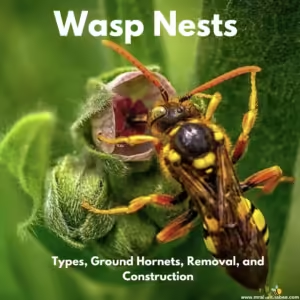
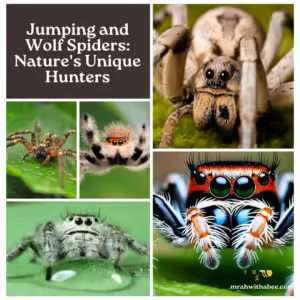
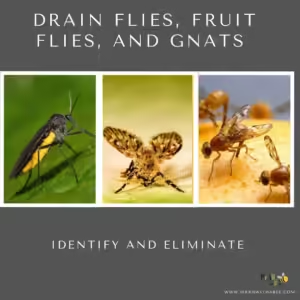
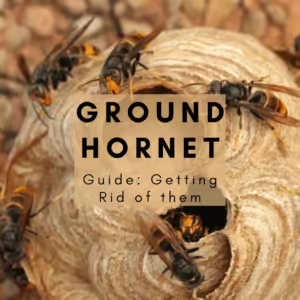
Thank you for reading, for more interesting articles visit our homepage.

